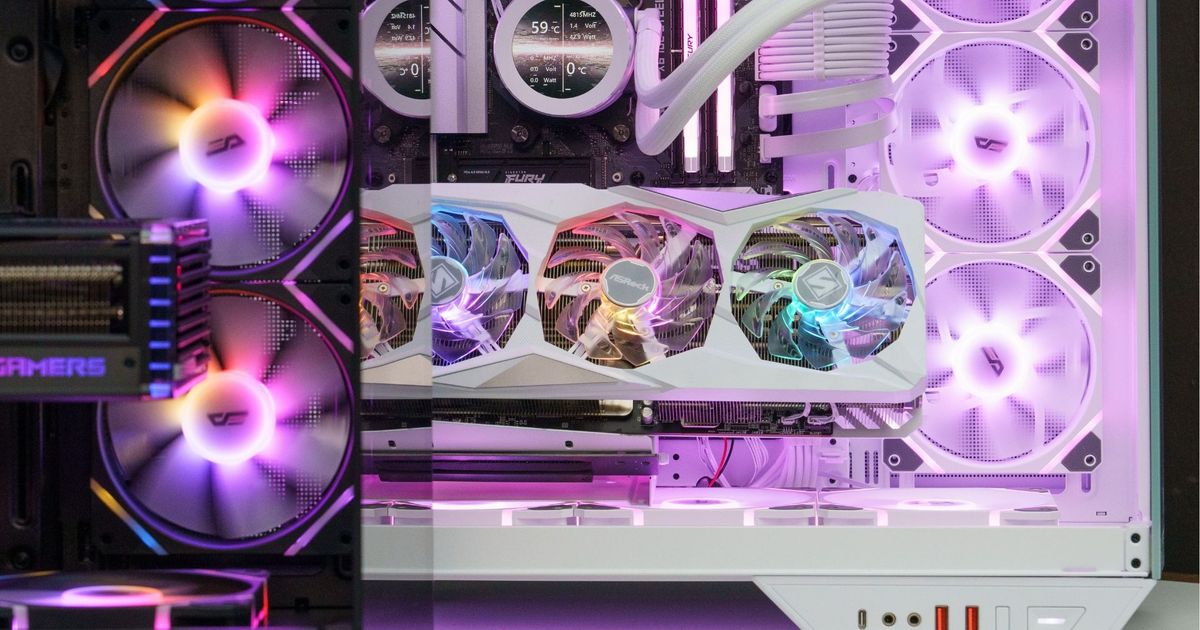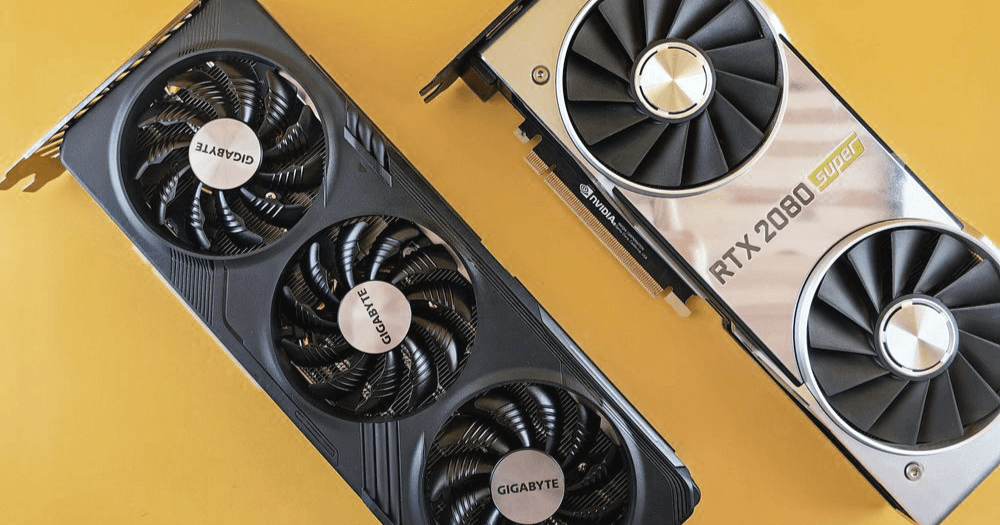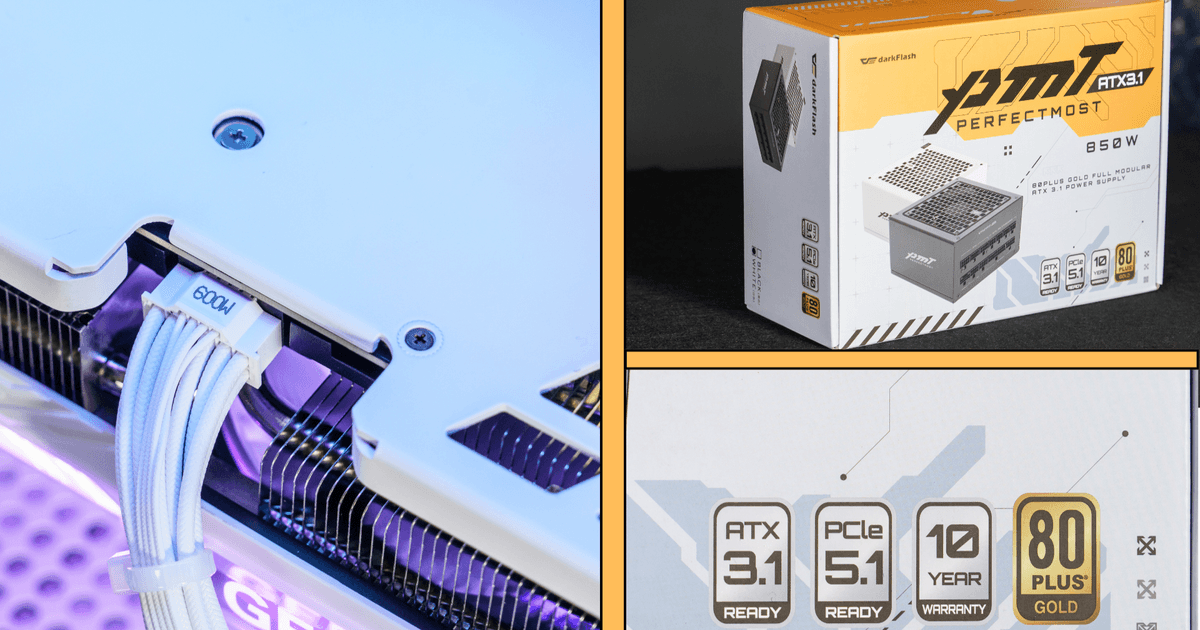
(5060 Ti vs. 9060 XT, VIDEOCARDZ)
In 2025, gamers looking to upgrade their GPU have their eyes on two major contenders: NVIDIA’s RTX 5060 Ti and AMD’s RX 9060 XT. Both target the high-volume 1080p and 1440p gaming market, and both offer 16GB of VRAM, modern architecture, and compelling price-performance value.
So, which one is the better choice? This article breaks it down across performance, features, pricing, and target users to help you make the smart move.
Specs at a Glance
Both are mid-high tier GPUs perfect for competitive and AAA gaming at 1080p/1440p resolutions.

Real-World Gaming Benchmarks
Based on benchmark tests across popular titles, the RTX 5060 Ti maintains a modest performance lead in most scenarios:

(VIDEOCARDZ, Source: Etektnix)
The 5060 Ti benefits more from ray tracing and DLSS 3.5. For non-RT games, performance is nearly neck and neck.
Ray Tracing & AI Upscaling: DLSS vs FSR
If you value AI features or are into livestreaming, content creation, or ultra-smooth visuals, NVIDIA clearly leads in the software ecosystem.

Price & Value
In many global markets (including the US and EU):
RTX 5060 Ti 16GB sells around $429 USD
RX 9060 XT 16GB starts around $349 USD
So, while the 5060 Ti may edge out performance, the RX 9060 XT offers better price-per-frame, especially if you don't prioritize ray tracing.
Who Should Buy Which?

Buying Tips

(ASUS PRIME GeForce RTX 5060 Ti 16GB GDDR7 OC Edition)
Go for 16GB models – Avoid 8GB versions. Upcoming games are more VRAM-hungry, even at 1080p.
Check live pricing – If the 5060 Ti is only $30–$50 more, it may be worth it for the DLSS + RT extras. But a $70+ gap makes RX 9060 XT hard to ignore.
Conclusion: Both are Excellent, But Serve Different Players

(GIGABYTE Radeon RX 9060 XT GAMING OC 16G)
The RX 9060 XT is a price-performance champion—especially for players who don’t need heavy ray tracing or AI features. Meanwhile, the RTX 5060 Ti shines in ray-traced titles and future-proofing, thanks to DLSS 3.5 and broader NVIDIA ecosystem support.
No matter which you choose, make sure you’re getting the 16GB version. That’s the true baseline for next-gen gaming in 2025 and beyond.



